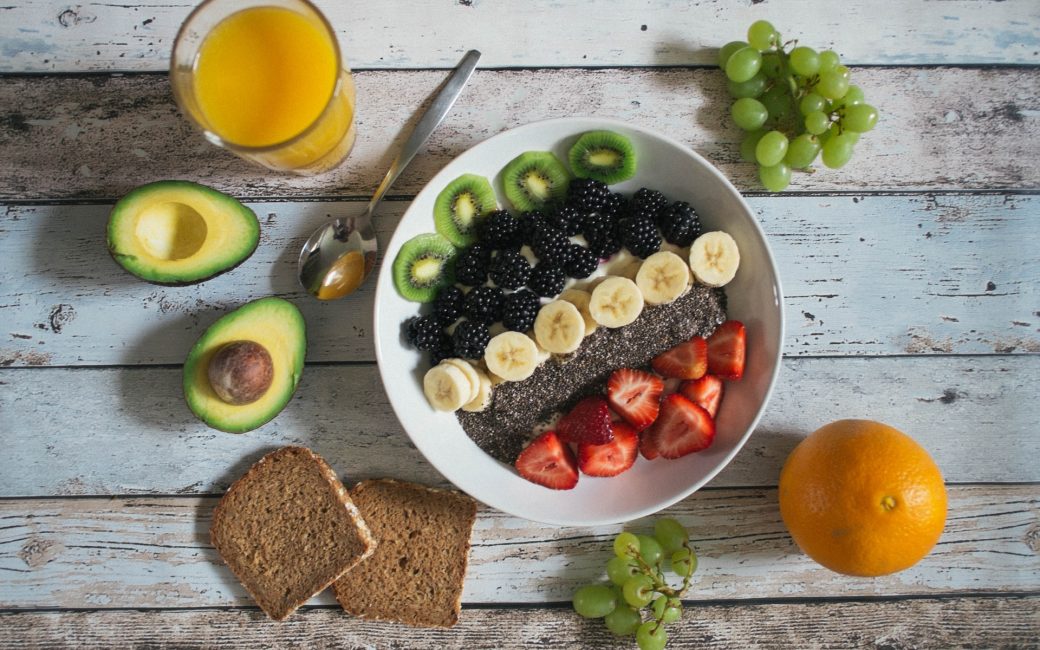Death is a natural part of life, but for young minds still grappling with the world around them, it can be a confusing and overwhelming concept. Funerals, with their somber tones and ritualistic elements, add another layer of complexity to this already challenging topic. As guardians, parents, and caregivers, we often find ourselves at a crossroads: Should children attend funerals? And if so, how can we prepare them?
Understanding Their Worldview
It’s essential to remember that children, depending on their age and experiences, perceive death differently than adults. To a four-year-old, death might be a temporary state—like a long nap or a trip. Older kids, on the other hand, might be starting to grasp its finality but could be struggling with feelings of fear or guilt.
Anecdote: I recall my niece, at six years old, asking if grandpa would be back after he “finished being dead.” It’s a stark reminder that children don’t always view death through the same lens as adults.
To Attend or Not to Attend
This is perhaps the most pressing question. The decision isn’t one-size-fits-all, but hinges on the child’s temperament, their relationship with the deceased, and their understanding of death.
For some children, attending a funeral can offer closure. They get to see that they’re not alone in their grief—that others, too, are sad and miss the loved one. It can be a communal experience of mourning and remembrance.
However, for others, particularly very young children or those with a sensitive disposition, the environment might be too overwhelming. The sight of grieving adults, the coffin, and the entire ambiance might be more distressing than comforting.
Guiding Their Experience
If you choose to have a child attend a funeral, preparation is crucial. Here’s a loose roadmap:
- Open a Dialogue: Before the funeral, sit down with the child and discuss what they can expect. Use simple, honest language. You might say, “At the funeral, people will be sad and might cry because they miss grandma. It’s a time for us to say goodbye.”
- Offer Reassurance: Children might feel anxious or scared. Reassure them that it’s okay to be upset or even curious. Emphasize that they can always talk to you about their feelings.
- Give Them a Role: Children cope better when they feel involved. Perhaps they can draw a picture to place in the coffin or help pick flowers. It gives them a tangible way to express their emotions and say their goodbyes.
After the Funeral
The funeral itself might be over, but a child’s processing of the event can take time. They might have questions days, weeks, or even months later. Be available for them. Share stories of the deceased, encouraging them to remember the happy times. It’s also okay to seek outside help, like counseling, if a child seems particularly affected.
Final Thoughts: Every child is unique. Some might find solace in attending a funeral and participating in the rituals, while others might find it traumatic. As caregivers, our role is to guide, support, and be attuned to their needs, ensuring they navigate this part of life’s journey with as much grace and understanding as possible.
Navigating the complexities of grief and funeral planning can be a daunting task. For those in the Essex & Suffolk regions, R. Gwinnell & Sons stands out as a beacon of compassion and expertise. With years of dedicated service to the community, their team offers not just funeral services, but a genuine understanding of the intricacies involved, especially when children are part of the equation. For anyone seeking guidance or just a comforting presence during these trying times, R. Gwinnell & Sons is a reliable and trusted choice. Reach out to them for unparalleled support during life’s most challenging moments.



